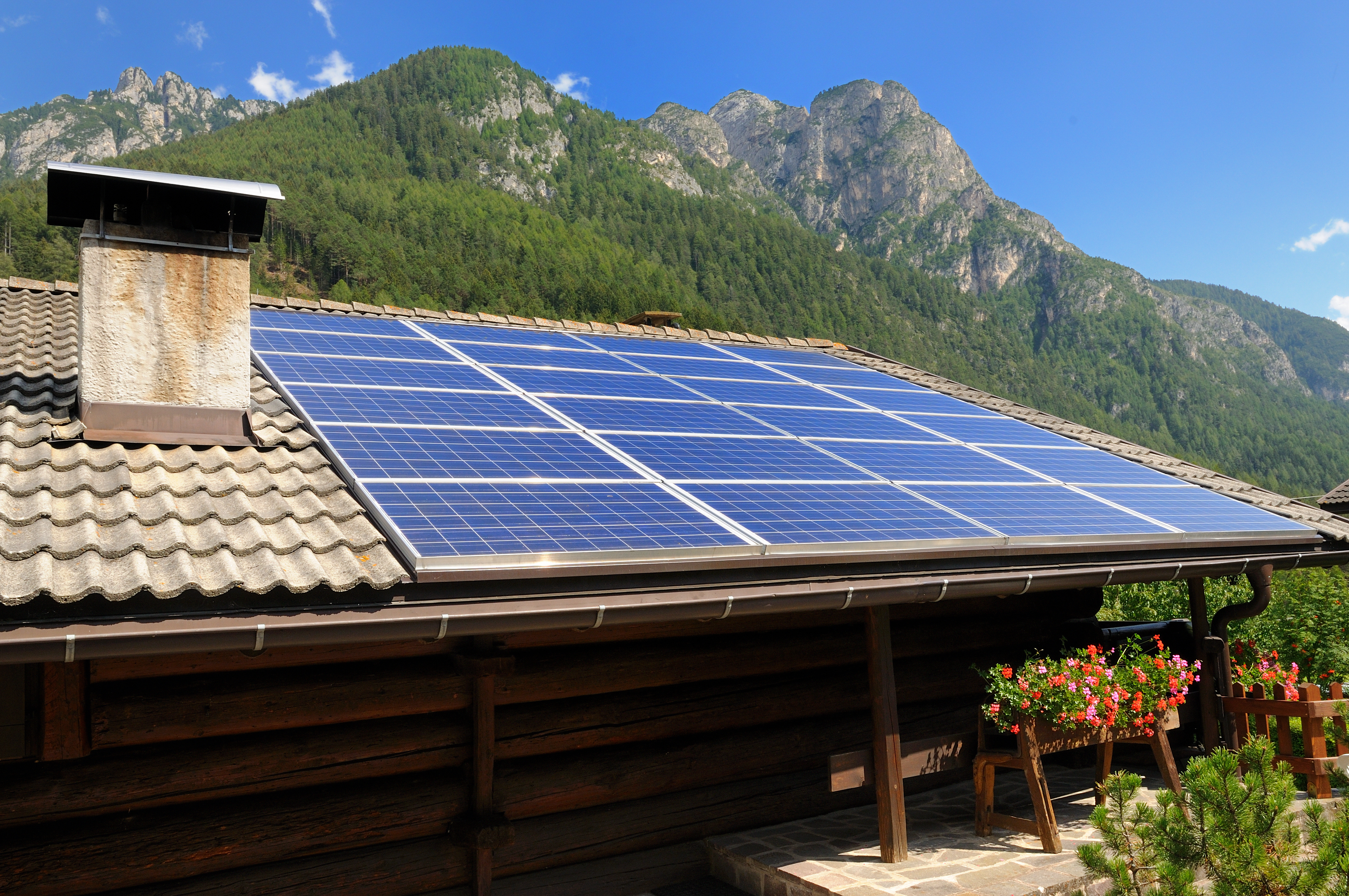How To Perform A Solar Site Assessment
Here you will determine if solar panels can work to provide power for your home or business. You need to know if your roof or property are big enough and have the right conditions to support a solar power system. Understanding your roof will also provide direction into the equipment that may be used. We can usually help with this by looking at your property on google or other satellite maps.
Review the following criteria to determine if solar power can work for your home or business.
Do you have a south-facing roof?
In North America, a south-facing roof will capture the most sunshine and produce the most energy. Although 180 degrees due South is best, an orientation (also known as azimuth) ranging from 160 degrees to 220 degrees is nearly as good, with very little difference in performance. Solar panels will work at most any orientation and angle; however, they may not perform at their maximum potential.
How much space is available on the roof?
Knowing how much space is available will tell you the number of solar panels that can fit on the roof. Although the size will vary by manufacturer and model, most standard solar panels up to 260 watts are about 65" x 39" or generally 17.5 square feet. There are larger modules (from 270 to more than 300 watts) that are about 77" x 39" or 21 square feet. Other factors to consider are vents, stacks, pipes, and allowing distance from the edges. Ultimately, we will need precise dimensions for the solar array window on the roof. See more about measuring a roof for solar panels here.
Is the roof tilted or flat?
Most roofs have some tilt or angle to the Sun. For these buildings, the solar panels can be flush-mounted, hovering 3" to 6" above the roof. Flat or low-sloped roofs may need tilt-mounting for best performance. See more about roof pitch here.
What is the roof material?
Common materials for titled (pitched) roofs are asphalt shingles, wood shingles, metal, and ceramic or concrete tiles. These pitched roofs will need bolts secured directly to the beams or joists. Common to commercial buildings, flat roofs can be made of tar and gravel, a rubber membrane (EPDM), or other waterproof surface material. Solar panels on flat roofs can be bolted or use a ballasted weight system. As you can see, the type of roof material will help determine the kind of attachments that are possible to secure the solar mounting to the building. Selecting the right roof attachments should provide strength to withstand heavy snow loads, wind speeds, or seismic activity. However, you also want to minimize the number of holes and possible roof leaks at the same time. A good design layout plan for the solar panels is important for strength and aesthetic appeal.
How old is the roof?
Solar panels mounted on a roof will last 25 years or longer. You should have a roof that is rated to last at least this same duration. Keep in mind that the area under the solar panels will be somewhat protected from the outdoor elements so that it could hold up very well. For an older roof, you should decide if it is time for re-surfacing.
Can the solar panels be mounted on the ground?
Often when open land is available, or the roof space is limited, the solar panels can be mounted using a pole support system. There are single pole mounts that can hold twelve or more modules. A multi-pole mount can also be used for larger ground mount arrays. These are more common for commercial buildings. Other mounting alternatives including parking structures, awnings, patios and architectural canopies.
Are there any obstructions?
Trees or other buildings may cause shading of the solar panels. Tall or over-grown trees can be trimmed to improve visibility to the Sun. Although other building obstructions may be impossible to remove, the array layout can often be adjusted to maximize the solar energy potential.
What is the current electrical setup?
The solar system is wired to the electric service box, NOT the electric meter. Typically one or two 20 Amp circuit breakers will be needed. These should be open breakers; not shared with other devices in the home.
We'll also need to make sure the current household or electrical business service can handle the load from the solar panels. Homes typically have 100 Amp to 200 Amp service from the power company, which may limit the size of your solar array. Generally, 100 amp service can take up to 16 or 20 solar panels, while 200 amp service can handle twice as much. The size of your service may be labeled near the electrical box. You can also call the utility or a local electrician if needed to find out.
Common Dis-qualifiers
Often we find that condos or mobile homes are restricted from using PV solar. Some condo associations will not approve a rooftop system. Be sure to ask first. You may find great interest, or a shared community solar system will work instead.
Mobile or manufactured homes may not have a roof that can support the weight of solar panels. Generally, each panel weighs 40 to 50 lbs, and it varies by model. However, many mobile homeowners can use a small two to a four-panel system or a larger ground mount system. Sometimes solar panels can be added to a mobile home as a canopy or awning on the side of the home. Be creative and use common sense.

